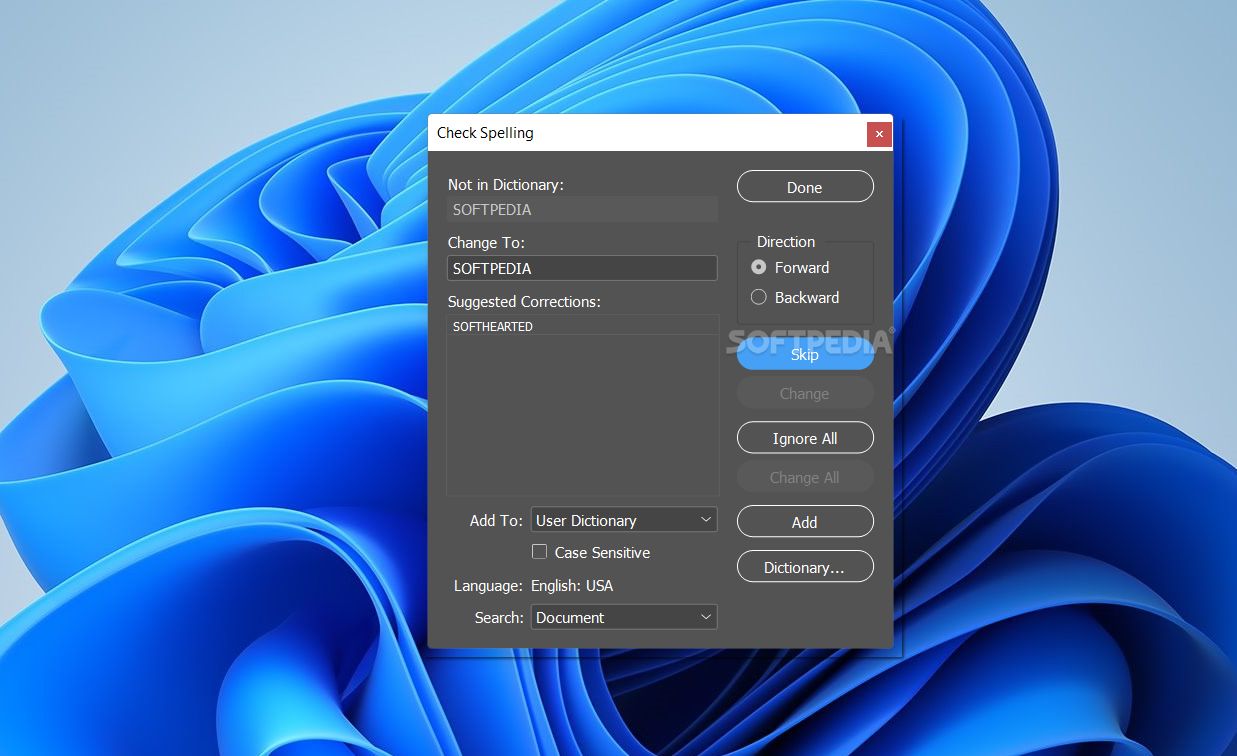

Why do we use endnotes? For the most part, we use them for citation metadata, abbreviations/definitions, and more extended discussions (often humorous). Have ‘pages’ and ‘footnotes’ wind up degrading to simply endnotes. The situation is even worse on the Internet, because while footnotes in a book aren’t too bad (as long as they stay on the same page), web pages don’t really Up endnotes, and so they are either unread or tend to be relegated to the most utilitarian uses like raw citations. As a result, who ever reads endnotes in a physical book? Only the most diligent will keep a thumb in the back to actually look Sense and where they can actually be read. This river of text may be studded with the occasional footnote or endnote, including ancillary material like citations or digressions or extendedĭiscussion of tricky points or anticipation of objections or just the author being witty, which require constant back and forth from the place in the text where they make Sections at the bottom of the page, organized by number, and endnotes stuff them at the end of the document, sidenotes instead use the large unused left/right margin ofīecause it’s uncomfortable to read sentences which wrap from edge to edge, particularly for large widths, requiring short lines many documents wind up looking like a narrow river of text flowingĭown a vast blank map. Where footnotes put additional material in small Sidenotes and margin notes (sometimes also called “asides”) are an alternative to footnotes / endnotes in design. For heavy footnote users or users who want a drop-in, runtime Javascript-based solutions like sidenotes.js

I reviewįor general users, I recommend Tufte- CSS : it is fast & simple (using onlyĬompile-time generation of sidenotes, rendered by static HTML/CSS), popular, and easy to integrate into most website Tufte- CSS has popularized the idea and since then, there has been a proliferation of slightly variant approaches. However, they are not commonly used, perhaps because web browsers until relatively recently made it hard to implement sidenotes easily & reliably.

Variants, like “floating footnotes” which pop up on mouse hover, reduce the reader’s effort but don’t eliminate it.) They are particularly useful for web pages, where ‘footnotes’ are de facto endnotes, and clicking back and forth to endnotes is a pain for readers.

Instantly read them without needing to refer back and forth to the end of the document (endnotes) or successive pages (footnotes spilling over). See this excellent tutorial by David Blatner of lynda.Sidenotes/margin notes are a typographic convention which improves on footnotes & endnotes by instead putting the notes in the page margin to let the reader The ugly? Decide for yourself on this one: InDesign can’t convert your text to approved publication styles the way EndNote, a Word and WordPerfect plug-in does, so you’ll have to style them yourself.Īs I said, it’s very easy to do. Instead, it reformats footnote and endnote reference numbering to regular text. The bad: InDesign completely disregards your own Footnote And Endnote numbering options. The good: Footnotes and endnotes from your Microsoft Word documents can be imported into your InDesign documents. InDesign DOES have a footnote feature, and it’s easy to use. The reason is, more and more scientific publications ask their authors to have copy-ready papers, and InDesign is so much more cooperative than Word when designing columns with graphics.
#Indesign convert endnotes to footnotes how to#
The request to learn how to do InDesign book and manuscript tasks is on the increase in our workshops.


 0 kommentar(er)
0 kommentar(er)
